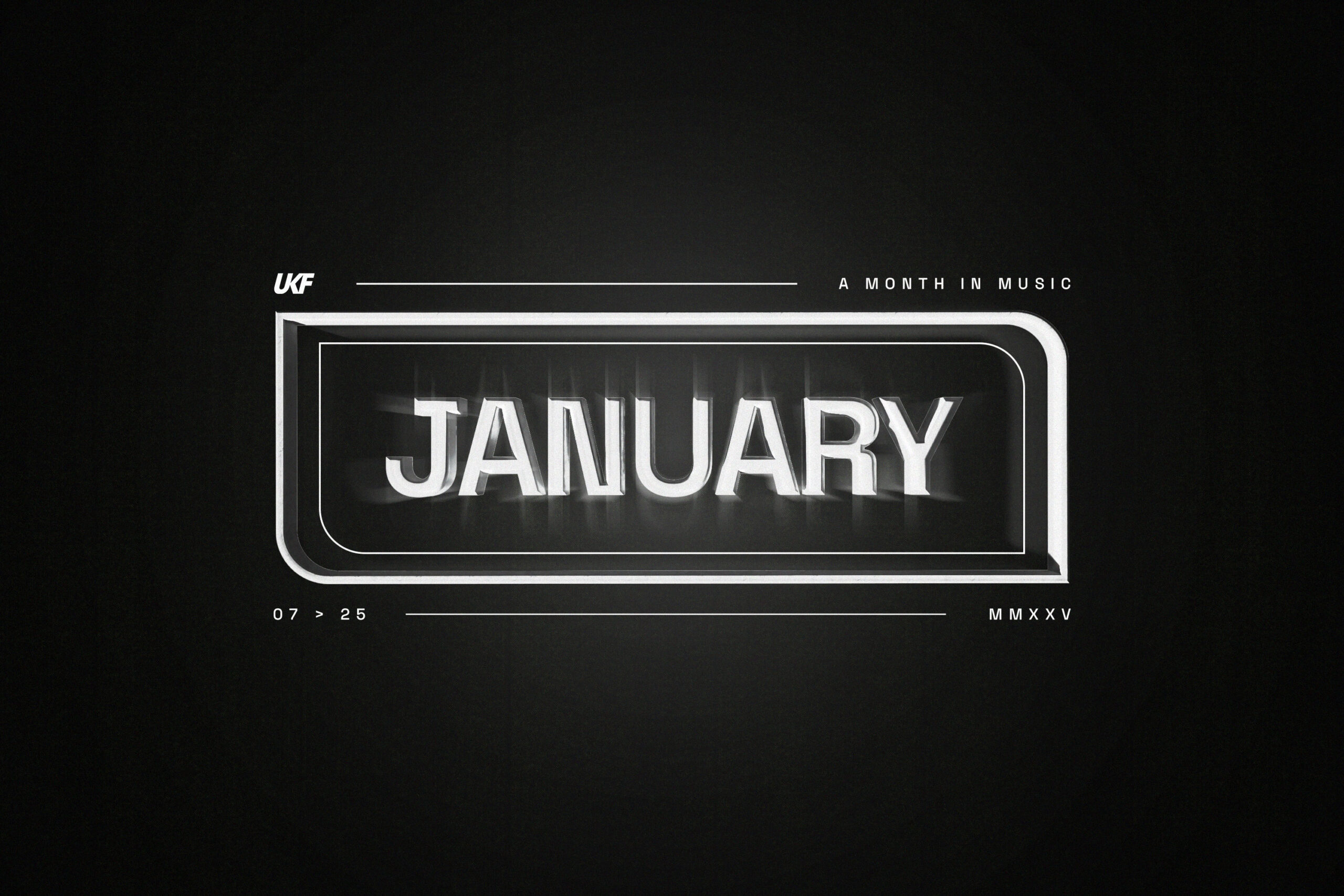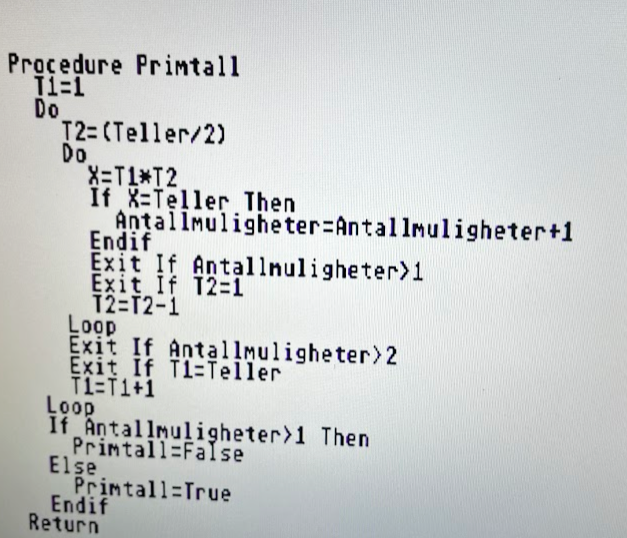Are Public Agencies Letting Open-Source Software Down?
Open-source software is everywhere — powering the tools we rely on daily. Yet, when it comes to supporting and sustaining these projects, public agencies and institutions often fall short. In this article, I explore why this happens and what we can do to change it.Open-source software promotes transparency, sharing, and collaboration, paving the way for technological development and innovation. A well-functioning democracy is built on equal access to knowledge, the ability to verify information, and participation in decision-making processes. Interestingly, there is a clear overlap between the principles of open source and democratic processes.Building on open-source software, we are witnessing groundbreaking advancements — not least in artificial intelligence. Large language models(LLMs), once the domain of closed research labs, are now increasingly being open-sourced. This shift demonstrates the power of collaborative development, where transparency and shared innovation lead to stronger, more capable models. Many of the most impressive AI systems today are not built in isolation but as aggregates, combining the strengths of multiple open models. It is no doupt in my mind that the importance of open source software will increase when it comes to open large language models.Let me take you for a ride, almost 40 years back in time. The relationship between a circle’s circumference and its radius is given by multiplying the radius by 2π. That might sound simple, but perhaps it isn’t so straightforward in practice. π is 3.1415926535 plus an infinite series of decimals. With enough computing power, you can keep calculating more and more decimals of π in an unending sequence.In my teenage years I knew very little about π. So I decided to visit the library at the former Norwegian Institute of Technology (NTH) in Trondheim to find a book on how to calculate it. I was 16 and eager to write a program to approximate π — ideally with many more decimals than what I had in my math textbook, which was not more than 10 digits. I knew there were more of them, and I wanted to look into the beyond.It took a while to find the procedure. It took even longer to program it. But I succeeded. I ran the program. It was November and my computer screen had no screensaver. My room was bright all night. I needed to know that the code was running. The thrill of seeing the first 200 decimals of π on my computer the next morning was fantastic!Much has changed since 1985, but the motivation to create something new and better remains. If I could share my findings I would. This was unfortunately a few years before internet really caught on. And lso some years before the concept of open source software caught on.My good old prime number procedure written in Gfa Basic on an Atari 1040 ST. Not optimal, but it worked fine. (Screenshot by author)Where does open-source software fit in? Every day, tens of thousands of programmers worldwide contribute to making software faster and more secure by creating open-source software. Many do this for free, and those of us working in public agencies benefit from their digital “dugnad” (a Norwegian term referring to a collective, cooperative effort) every single day. They are good citizens who provide essential building blocks for our society. Do we give anything back?What exactly is open-source software?Open-source software is software whose source code is made accessible to the public under specific licenses that grant the right to use, modify, and distribute it. These licenses, such as the MIT License(MIT License 2024), Apache 2.0, GNU GPL, or BSD licenses, ensure that the software remains open and accessible while imposing varying conditions on how it can be used and shared.Today it is not only about code. Data and models can also have an open license sticked to them. These days Open Source language models are important open commodities.Open source is not just about access. It embodies values such as sharing, collaboration, and transparency, enabling individuals and organizations to build upon existing work rather than starting from scratch. These principles align closely with democratic ideals, fostering innovation through openness and collective contribution.What is it for me?My job is to prepare the data behind maps, and in the end of the day I also make them. To make maps I need geospatial data and tools that help me create maps. Two of my favorites are QGIS and WebODM:QGIS empowers users to visualize, analyze, and interpret spatial data with a user-friendly interface and extensive plugin support. It serves as a powerful alternative to ArcGIS from Esri, offering functionalities ranging from cartography and spatial analysis to database integration and advanced geoprocessing workflows.WebODM (Web OpenDroneMap) specializes in processing drone imagery into geospatial datasets. WebODM enables users to generate high-resolution orthophotos, 3D models, and elevation maps from drone data, making it particularl
Open-source software is everywhere — powering the tools we rely on daily. Yet, when it comes to supporting and sustaining these projects, public agencies and institutions often fall short. In this article, I explore why this happens and what we can do to change it.
Open-source software promotes transparency, sharing, and collaboration, paving the way for technological development and innovation. A well-functioning democracy is built on equal access to knowledge, the ability to verify information, and participation in decision-making processes. Interestingly, there is a clear overlap between the principles of open source and democratic processes.
Building on open-source software, we are witnessing groundbreaking advancements — not least in artificial intelligence. Large language models(LLMs), once the domain of closed research labs, are now increasingly being open-sourced. This shift demonstrates the power of collaborative development, where transparency and shared innovation lead to stronger, more capable models. Many of the most impressive AI systems today are not built in isolation but as aggregates, combining the strengths of multiple open models. It is no doupt in my mind that the importance of open source software will increase when it comes to open large language models.
Let me take you for a ride, almost 40 years back in time. The relationship between a circle’s circumference and its radius is given by multiplying the radius by 2π. That might sound simple, but perhaps it isn’t so straightforward in practice. π is 3.1415926535 plus an infinite series of decimals. With enough computing power, you can keep calculating more and more decimals of π in an unending sequence.
In my teenage years I knew very little about π. So I decided to visit the library at the former Norwegian Institute of Technology (NTH) in Trondheim to find a book on how to calculate it. I was 16 and eager to write a program to approximate π — ideally with many more decimals than what I had in my math textbook, which was not more than 10 digits. I knew there were more of them, and I wanted to look into the beyond.
It took a while to find the procedure. It took even longer to program it. But I succeeded. I ran the program. It was November and my computer screen had no screensaver. My room was bright all night. I needed to know that the code was running. The thrill of seeing the first 200 decimals of π on my computer the next morning was fantastic!
Much has changed since 1985, but the motivation to create something new and better remains. If I could share my findings I would. This was unfortunately a few years before internet really caught on. And lso some years before the concept of open source software caught on.
Where does open-source software fit in? Every day, tens of thousands of programmers worldwide contribute to making software faster and more secure by creating open-source software. Many do this for free, and those of us working in public agencies benefit from their digital “dugnad” (a Norwegian term referring to a collective, cooperative effort) every single day. They are good citizens who provide essential building blocks for our society. Do we give anything back?
What exactly is open-source software?
Open-source software is software whose source code is made accessible to the public under specific licenses that grant the right to use, modify, and distribute it. These licenses, such as the MIT License(MIT License 2024), Apache 2.0, GNU GPL, or BSD licenses, ensure that the software remains open and accessible while imposing varying conditions on how it can be used and shared.
Today it is not only about code. Data and models can also have an open license sticked to them. These days Open Source language models are important open commodities.
Open source is not just about access. It embodies values such as sharing, collaboration, and transparency, enabling individuals and organizations to build upon existing work rather than starting from scratch. These principles align closely with democratic ideals, fostering innovation through openness and collective contribution.
What is it for me?
My job is to prepare the data behind maps, and in the end of the day I also make them. To make maps I need geospatial data and tools that help me create maps. Two of my favorites are QGIS and WebODM:
- QGIS empowers users to visualize, analyze, and interpret spatial data with a user-friendly interface and extensive plugin support. It serves as a powerful alternative to ArcGIS from Esri, offering functionalities ranging from cartography and spatial analysis to database integration and advanced geoprocessing workflows.
- WebODM (Web OpenDroneMap) specializes in processing drone imagery into geospatial datasets. WebODM enables users to generate high-resolution orthophotos, 3D models, and elevation maps from drone data, making it particularly useful for environmental monitoring, precision agriculture, urban planning, and disaster response.
In addition to QGIS and WebODM, other open-source tools contribute to this ecosystem addressing needs like advanced geospatial modeling and data analysis, web-mapping servers (Geoserv er/Mapserver), programming (Python), databases (PostgreSQL) and web mapping (Leaflet).
Not a day goes by without me reading posts about geospatial open source software that helps colleagues all over the world doing their jobs. Once in a while I pick up new tools and add them to my own collection — for free.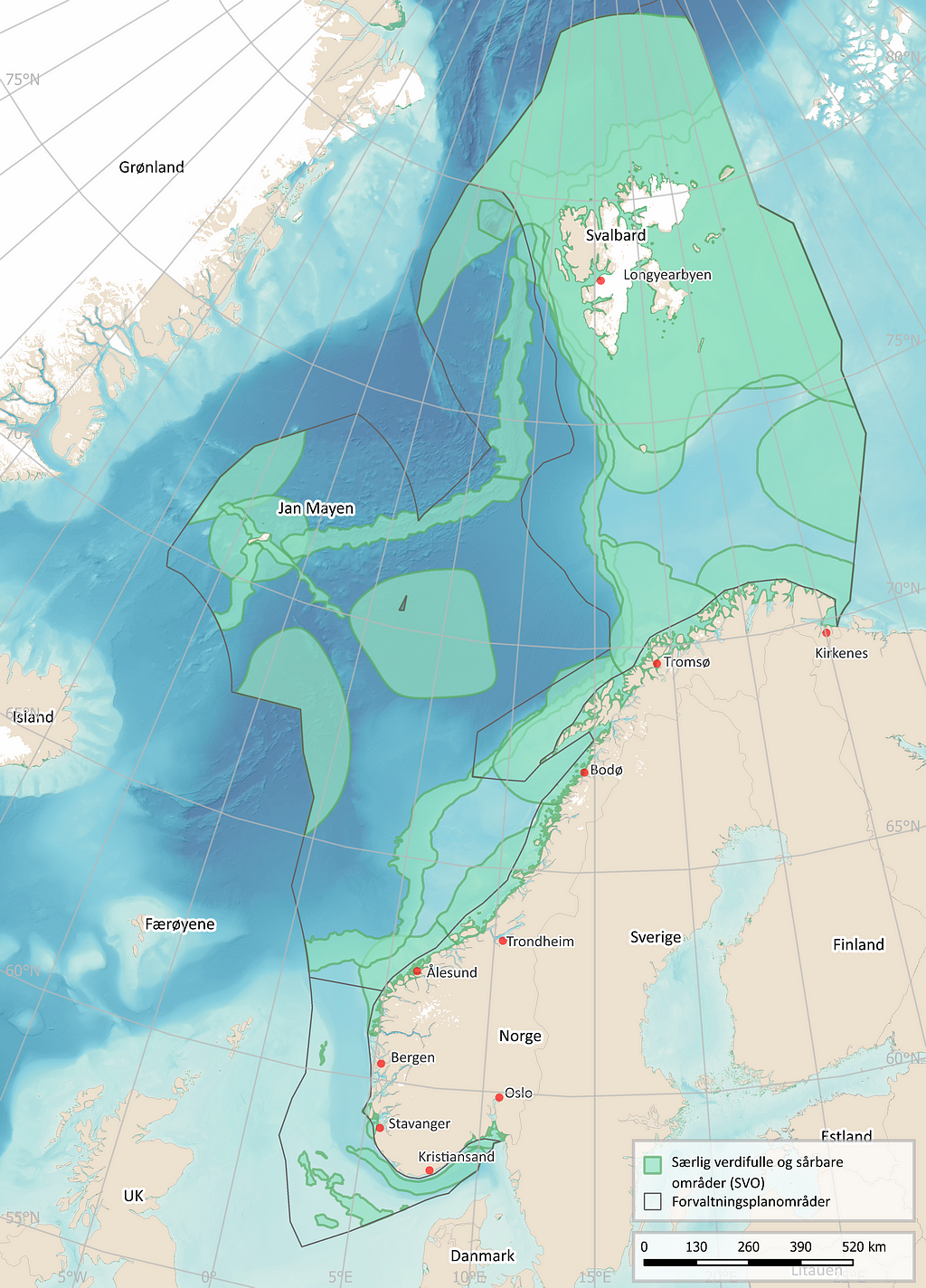
These tools collectively demonstrate the power of open-source innovation, where global collaboration drives technological progress. They are critical in areas like environmental protection, urban planning, and humanitarian aid, where cost-effective, adaptable, and transparent solutions are essential.
Where do we encounter open-source software?
We us use open-source software more often than we realize. The majority of digital solutions — whether commercial or public — contain open-source components. Cities, regional government, national agencies, and commercial companies are all, directly or indirectly, major consumers of open-source software.
For example, many Norwegian public-sector employees use a specific app on their iPhone or Android phones for travel expense reports, timesheets, and more. This single app relies on no fewer than nine open-source components. The same holds true, in varying degrees, for Microsoft Word, Windows, ArcGIS, Linux, the information screens on your local bus, and many of the other programs we use every day.
Much of what we today call Artificial Intelligence (AI) involves language models, which need massive amounts of text for training. We occasionally hear about the hardware — NVIDIA or AMD, for instance — but less about the software behind it. The NorwAI research center (NorwAI 2024) at NTNU has developed several excellent Norwegian language models. Behind the scenes they use a stack of open source software. Open language models in general are stepping stones for further developing even better models. These days the DeepSeek models are examples of this type of accelerated development.
A great deal of the computation behind research, taxation, environmental management, and social development is done in programming languages that are themselves open source. Thanks to AI, programmers now receive advice based on billions of lines of open-source code — effectively offering a collective knowledge base that boosts efficiency.
Not only do we consume open-source software extensively, but we are also fundamentally dependent on it to get our work done.
Where do we derail? Why are we free riders?
Developing open-source software does have its costs — in time, hardware, internet, and programming expertise. Without open-source, tech development would be pricier, less secure, and likely far less innovative.
After 16 years in the public sector, I see clear opportunities for improvement on the way we relate to open source software. Not due to any lack of will, but because contributing back to open-source projects — or even acknowledging the open-source code we rely on — often falls by the wayside. Sometimes, we simply don’t have the capacity; other times, it doesn’t fit well with our mandates. And if we don’t mention that open-source software makes our lives easier, no one complains. Time is short — even in government.
What follows are some real and some hypothetical examples of how open-source sometimes loses out. Some are personal experiences; others come from projects my colleagues in other agencies have worked on.
When we contract external developers for software we have been presented with pared-down versions of a machine learning algorithms. The “real” version, they claim, is a competitive edge they want to withhold. Fortunately, in Norway modern government contracts often emphasize source-code access. Still, once we’ve approved the invoice, it’s often too late. We measure success based on outcomes and forget the value of sharing the underlying code and models.
When software goes into production under our ownership, potentially useful open code remains in-house. Other tasks take priority, so it is never released publicly. A few years later, the code becomes obsolete and is eventually deleted — lost forever.
We happily use open-source software on our servers instead of proprietary software. For geographers there are some really good ones around. Then the open-source maintainers plan an upgrade, maybe to address security or to support new infrastructure or hardware. They request financial support, but we never respond since we do not have any functional funding systems.
Then there is the beurocratic approval and angst mechanisms. GitHub is a repository platform for code, but officially contributing via a public account might be prioblematic if you work for a government agency. Some of these have multiple layers of approval for that kind of communication, making even a single bug report problematic.
We anonymize open source software. We complete our projects with great success and we’re left with analysis results, language models, or other outputs. Championing the results we rarely mention that the software used was open source, so it remains hidden and unrecognized by management or the general public.
As results and priorities are pushed upwards in the governmemt hierarchies detail information about the tools disappears. Subsequently when government studies or strategies are developed they are blind to the contributions and importance of open source systems. Open source does a vonsequence not find its way to the government white papers.
Open-source communities rely on workshops, conferences, and collaborative events to sustain innovation and knowledge sharing, yet government agencies often struggle to provide financial or in-kind support. But we fail to support them and without sufficient backing, critical projects risk stagnation, and public institutions miss opportunities to influence and benefit from key open-source developments. When a tech lead suggessts to the boss that we really, really should contribute to an open source event and the boss says why — that’s when you know that we have a big problem.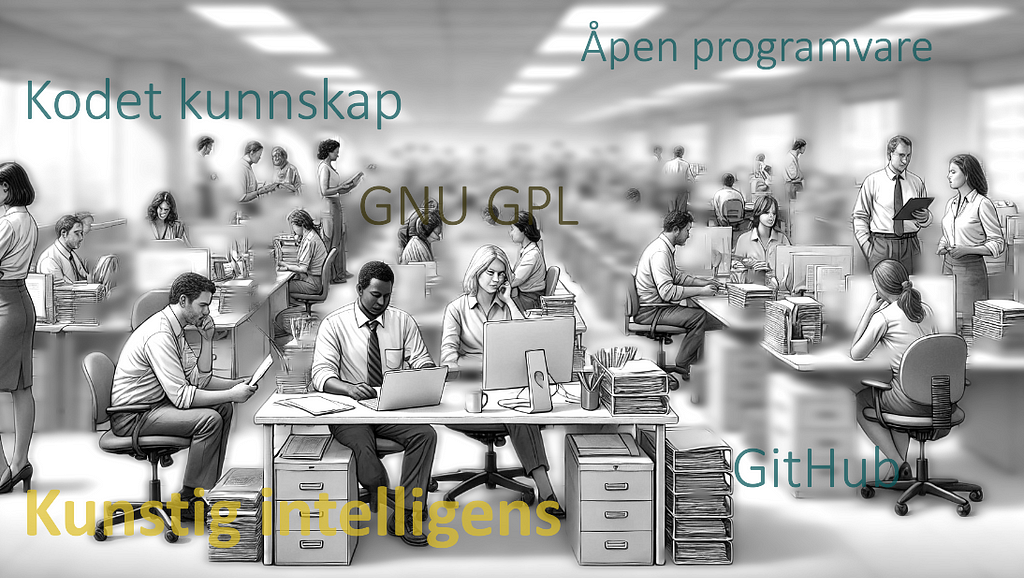
So what about policy? Who are the trailblazers?
Several organisations and projects are working on promoting the use of open source software and open data. Being a geographer I tend to focus on those that matter to me. Here are some of them.
The Open Geospatial Consortium (OGC) plays a central role in advancing interoperability by developing open standards like Web Map Service (WMS) and Web Feature Service (WFS), which facilitate seamless geospatial data sharing. These standards are widely used in environmental monitoring, urban planning, and emergency response, ensuring that public sector organizations can effectively utilize open-source geospatial tools.
One other important contributor is The Open Source Geospatial Foundation (OSGeo). They support and promote open-source geospatial software, offering tools such as QGIS, GRASS GIS, and GeoServer. OSGeo fosters collaboration through events like the annual FOSS4G conference.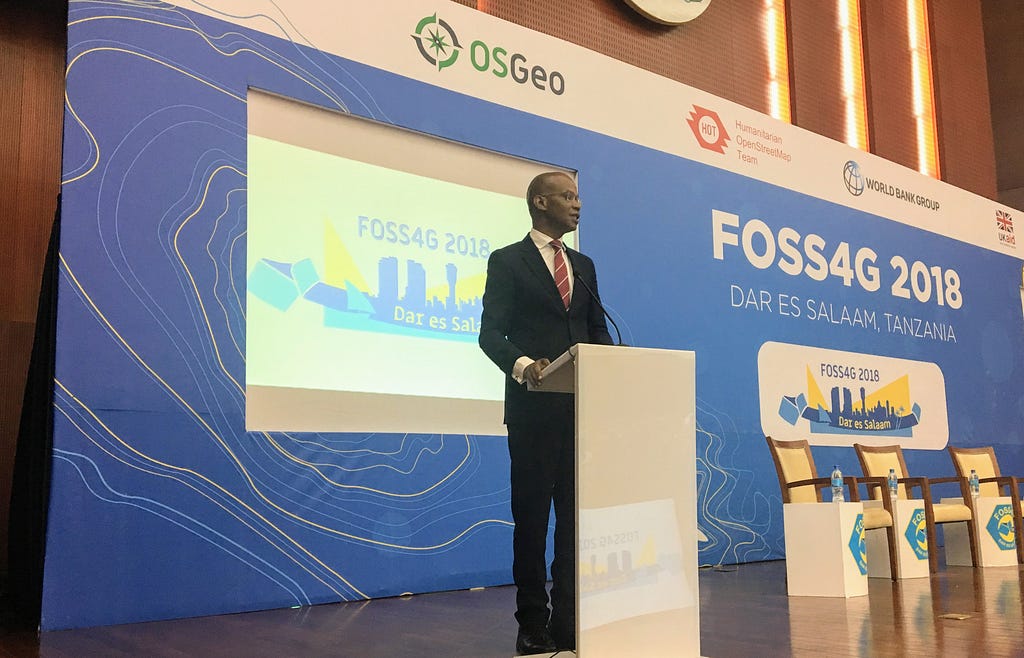
The Group on Earth Observations (GEO) is a global initiative promoting the use of open data, tools, code and methods. Through projects such as the Global Earth Observation System of Systems (GEOSS) and the Global Ecosystems Atlas, GEO enables collaboration across multiple domains, including climate, biodiversity, agriculture, and disaster resilience.
The United Nations Environment Programme (UNEP) contributes to the open-source movement by developing platforms such as the Environmental Data Explorer and the Global Environmental Monitoring System (GEMS/Water), providing open access to data on biodiversity, climate change, and pollution to support informed decision-making.
GPT4All is a project that focuses on facilitating local open source large language models. My favourite is where it allows me to embed local documents into models, something which is excellent for documents which can not be shared due to the European GDPR or other regulations.
From my own Norwegian backyard I would like to point to the The Digital Public Goods Alliance (DPGA) which advances open-source software, open data, and open standards. The Open Source Observatory (OSOR), an initiative by the European Commission, provides a platform for sharing knowledge, case studies, and best practices to support public sector adoption of open-source solutions. Qt Group, originally a Norwegian company founded in the 1990s, shows how strategic open-source development can lead to global success.
All of the above, and many others, show how it is possible to work towards more open source software friendly practices and software in both government and private organisations.
Shame on us?
There really should not be any excuses.
We should all make more of an effort to support open-source software. We can highlight its benefits in public discussions and ensure it appears in official documents and strategies. I hope more people will recognize the value of open-source solutions and help create the conditions to use and develop them further. But make no mistake — this is about leadership and knowledge to make the right priorities.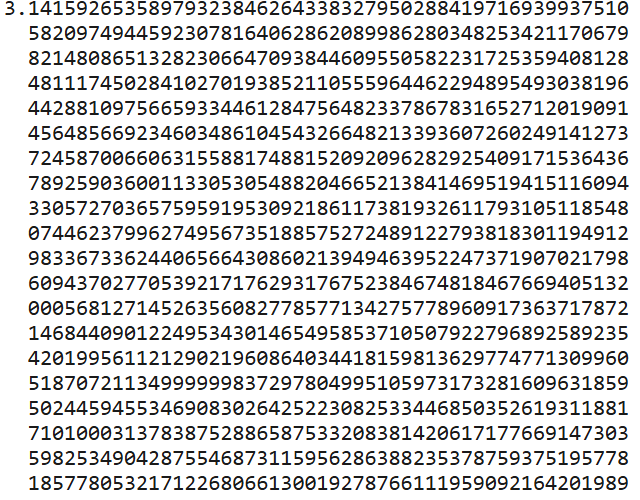
Returning to my teenage self in the 1980s. After I managed to calculate thousands of the π digits, I moved on to generating thousands of prime numbers and later searching for palindromic primes. Surely this was not a first? Were my coding skills good? Probably not, but it was a blast! Programming then, as now, was about identifying a problem and finding a way to solve it.
The challenge I describe in this text isn’t one that can be solved by coding alone — unless you consider this text an attempt to “reprogram” the reader’s stance on open-source software.
So, let’s see what happens. Maybe this new year (2025) will bring fresh attitudes and practices?
(All images, unless otherwise noted, are by the author)
References
- “MIT License.” 2024. Wikipedia. https://en.wikipedia.org/wiki/MIT_License (accessed December 27, 2024).
- NorwAI. 2024. “En guide til NorwAI’s arbeid med store språkmodeller på norsk.” https://www.ntnu.no/norllm (accessed December 31, 2024).
Are Public Agencies Letting Open-Source Software Down? was originally published in Towards Data Science on Medium, where people are continuing the conversation by highlighting and responding to this story.











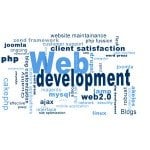










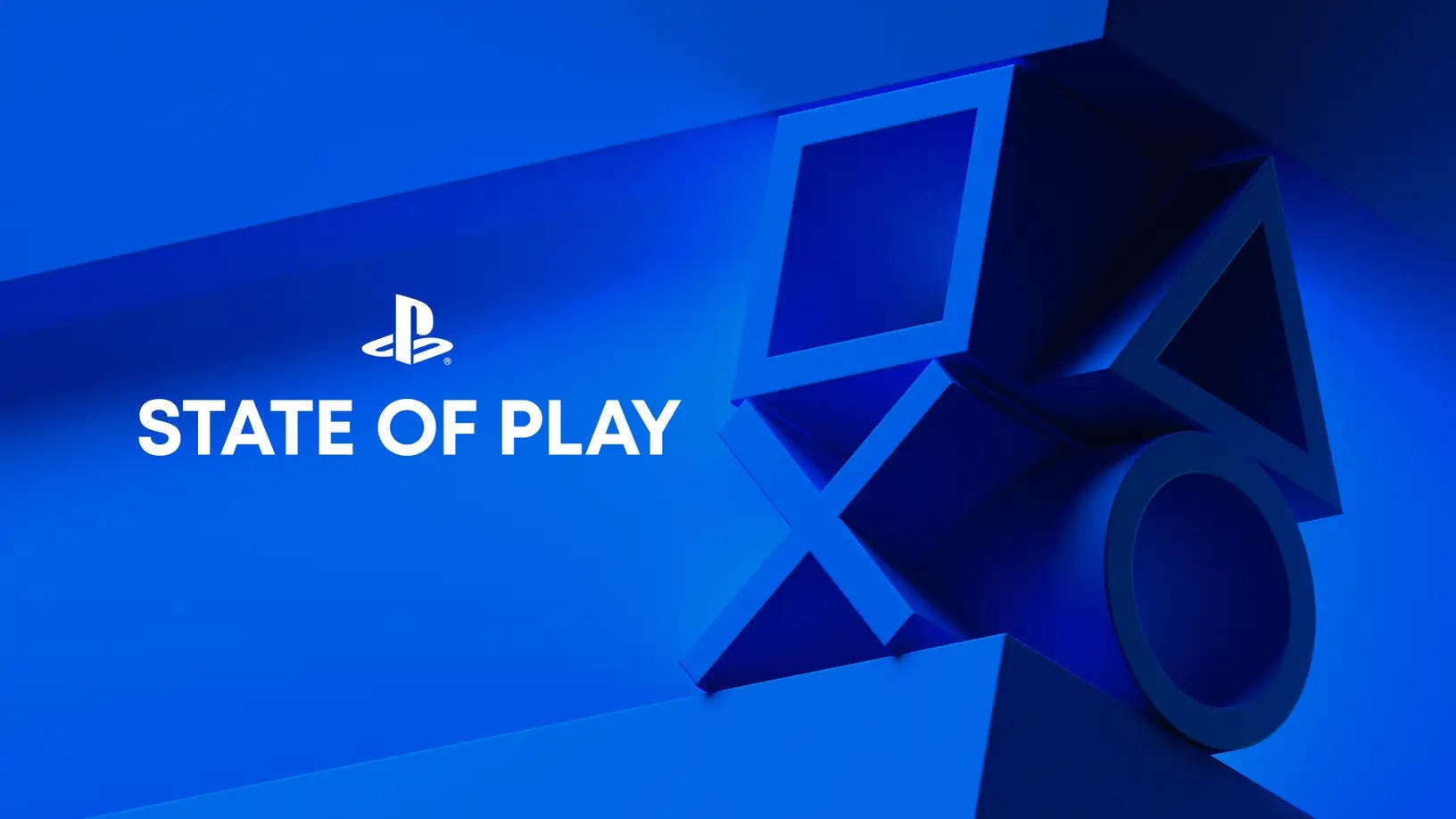
.jpg?width=1920&height=1920&fit=bounds&quality=80&format=jpg&auto=webp#)

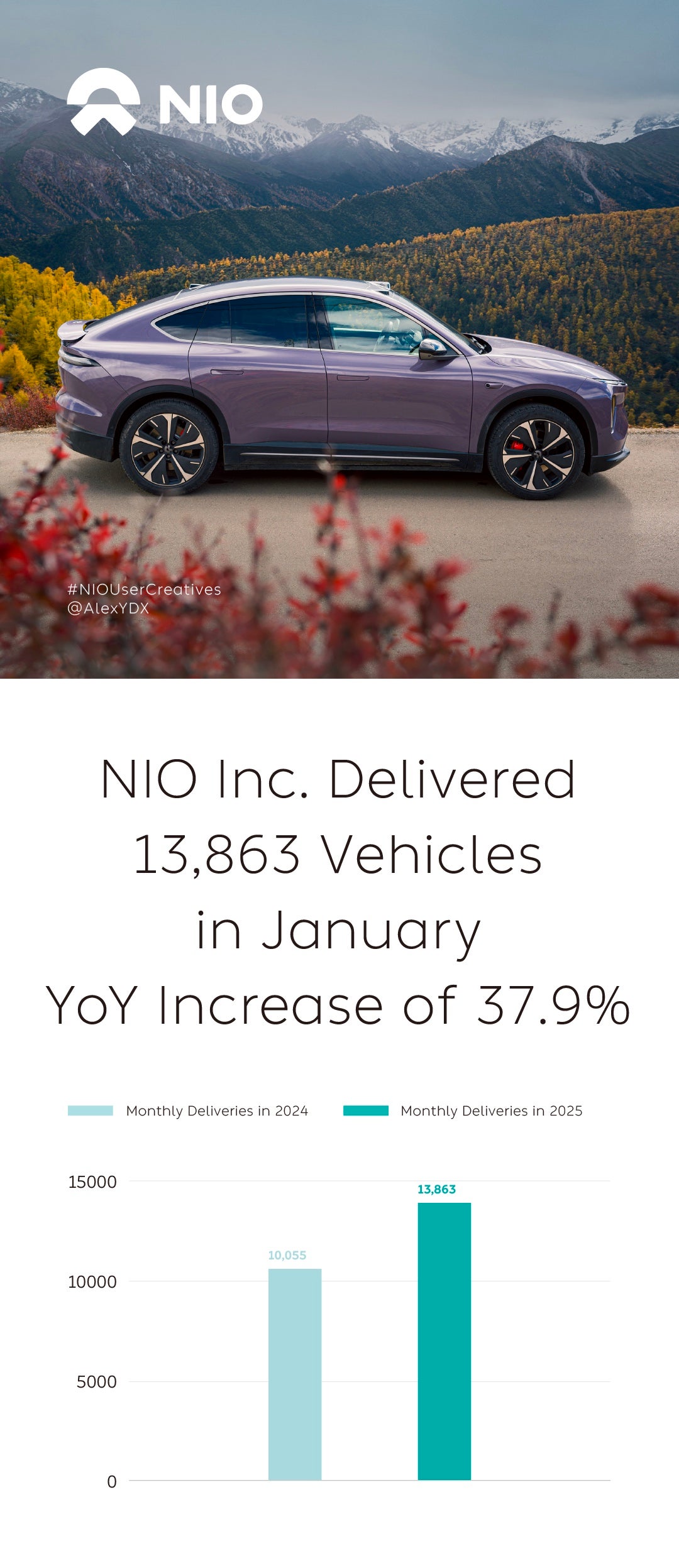









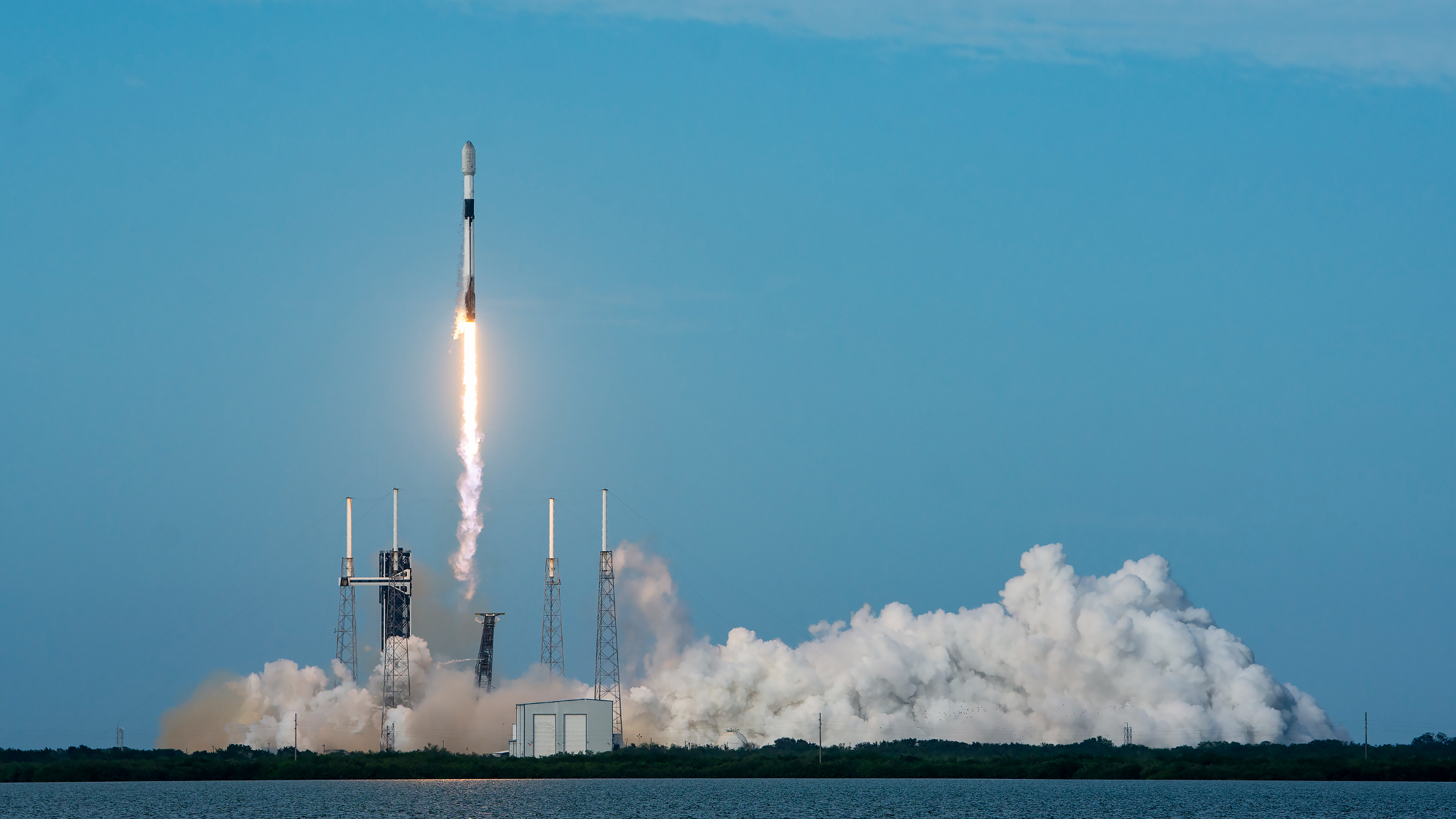








![Gay Catholic United Flight Attendant Axed After ‘Sex Is Unchangeable’ Remark—Raises Enough Money To Sue [Roundup]](https://viewfromthewing.com/wp-content/uploads/2025/02/DALL·E-2025-02-03-08.46.00-A-high-contrast-digital-montage-combining-aviation-Catholic-symbolism-and-legal-imagery___-Central-figure_-A-stern-looking-male-flight-attendant-in.webp?#)












